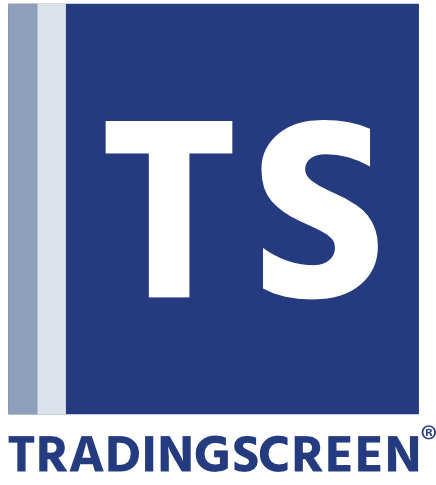 Paul Reynolds, Head of FI Sales and Strategy at TradingScreen
Paul Reynolds, Head of FI Sales and Strategy at TradingScreen
For many years Fixed Income TCA has failed to adequately provide its users with a credible analysis of execution quality. This, I believe is due to it really being a re-use of Equity, Futures and FX TCA. The TCA model in those asset classes is based on analysis of vast amounts of readily available price, order and transaction data. When this data model is applied to Fixed Income there is a palpable absence of relevant data. That is, until now. TS is launching a brand new data enriched FI TCA.
So, we started with exploring what it is about Fixed Income that is so different from Equity, Futures and FX? Well, quite a lot in fact. The key difference is OTC versus exchange, order book trading infrastructure. There is no centralised and normalised data source for Fixed Income. There are plenty of individual sources like Bloomberg, TRACE, TRAX, MKTX and TWEB. Knitting that lot together is both technically challenging and the data is not free. Even if you manage that, there are still huge, very valuable data sets missing.
We had to think long and hard about which missing data we could obtain, how relevant it was to an order’s execution and was it measurable? Our solution is radically different to anything else out there.
The first key difference is TS FI TCA starts with our pre-trade analysis in our EMS TradeSmart. For any given order it analyses historic trades, dealer axes, IOIs, RFQs, most active venue and most active dealer. This furnishes the buy-side trader with a very clear perspective on expectations of execution quality. Once the order is live the EMS may provide a match alert for a dealer axe or an all-to-all trading opportunity. At this point the trader knows they can achieve a very high quality execution in terms of price, speed, number of executions and market impact.
Post-trade, the analysis is entirely focussed on understanding the rationale behind the order execution strategy. At one extreme an auto-routed, low touch order will have met certain pre-set criteria and executed without any trader input. It is still measured against price quality. At the other extreme of high touch, low volume and poor liquidity, other measurement tools need to be deployed. This is the new TS FI TCA paradigm.
- Firstly, how to solve that benchmark data source issue? Our FI TCA clients can prescribe their own benchmark data source that they may have created themselves or sourced externally.
- Secondly, there is a plethora of venue data available for every RFQ and trade. Most existing TCA products ignore this very valuable data. We have invested huge effort in obtaining, storing and analysing it.
- Thirdly the pre-trade context of the trade is extremely relevant in understanding the execution strategy.
- Finally, summary reports capture venue, dealer and protocol performance.
Figure 1 shows a sample of what TS FI TCA analyses. As you can see our FI TCA approach is to combine pre-trade data with post-trade execution analysis. Our FI TCA product is highly supplementary, and complementary, to our TradeSmart EMS. The range and scale of data enables detailed analysis and justification for any order execution.
So imagine yourself now as a trader confidently predicting the quality of your execution in TradeSmart EMS, then seeing the actual, fully analysed outcome in real-time in your TS TCA application.
You can immediately see any outliers, which protocols generate the best execution quality, which dealers are giving you the best liquidity quality and which bond sectors are high or low touch.
We have even created the functionality to copy IB chats and commentary into the ticket to support and explain really difficult trades or indeed very opportunistic unsolicited trades.
We think we have now taken FI TCA into a new era where the idiosyncratic features of Fixed Income are better addressed and the analysis outcome truly benefits the user.

©Markets Media Europe 2025












